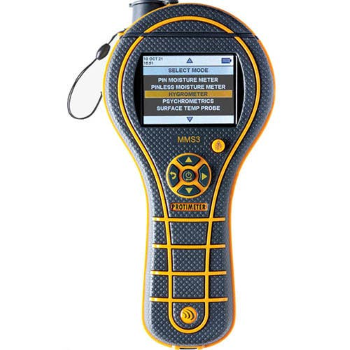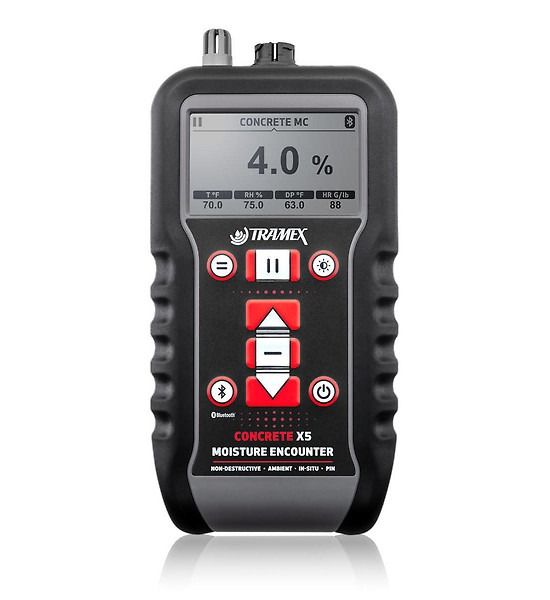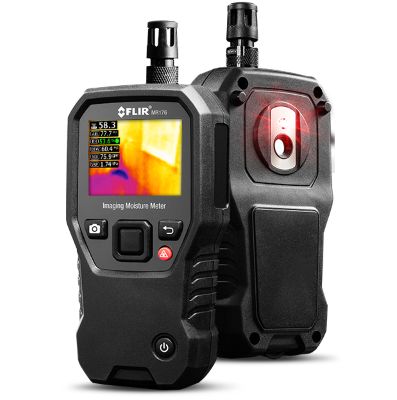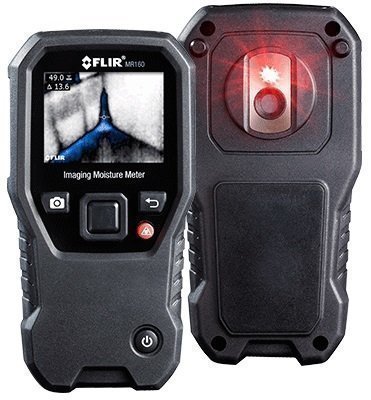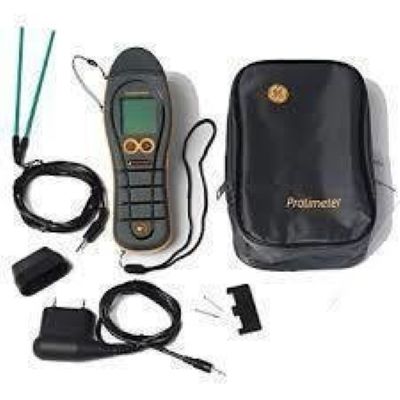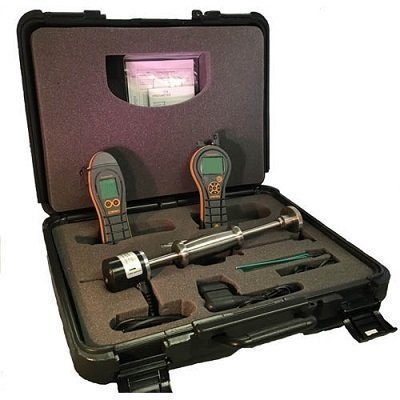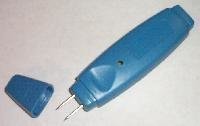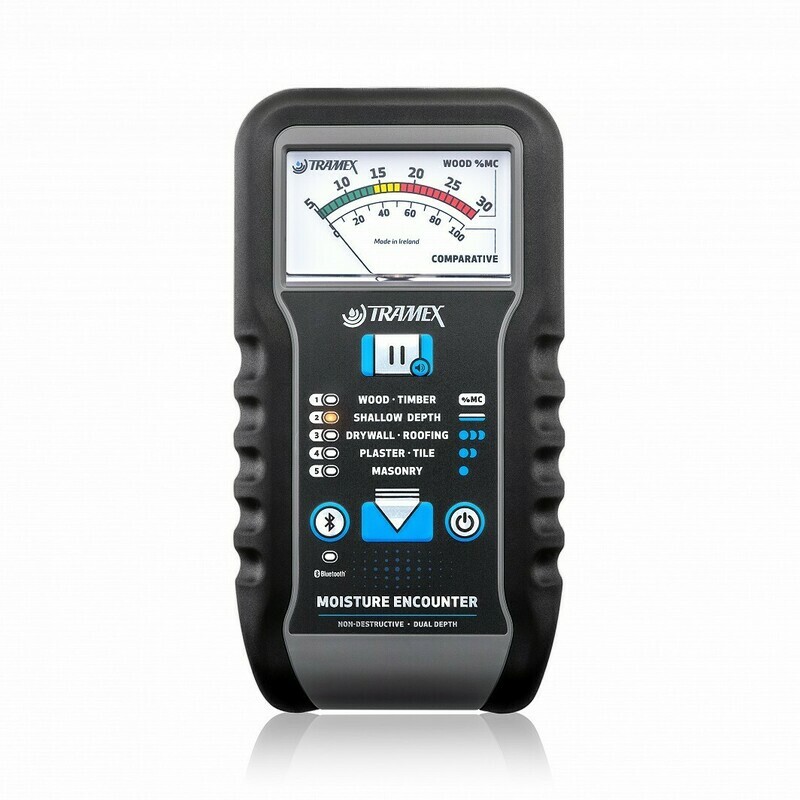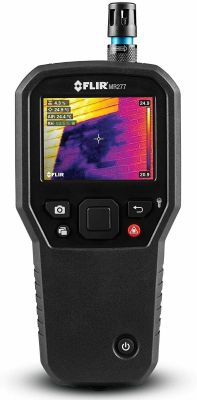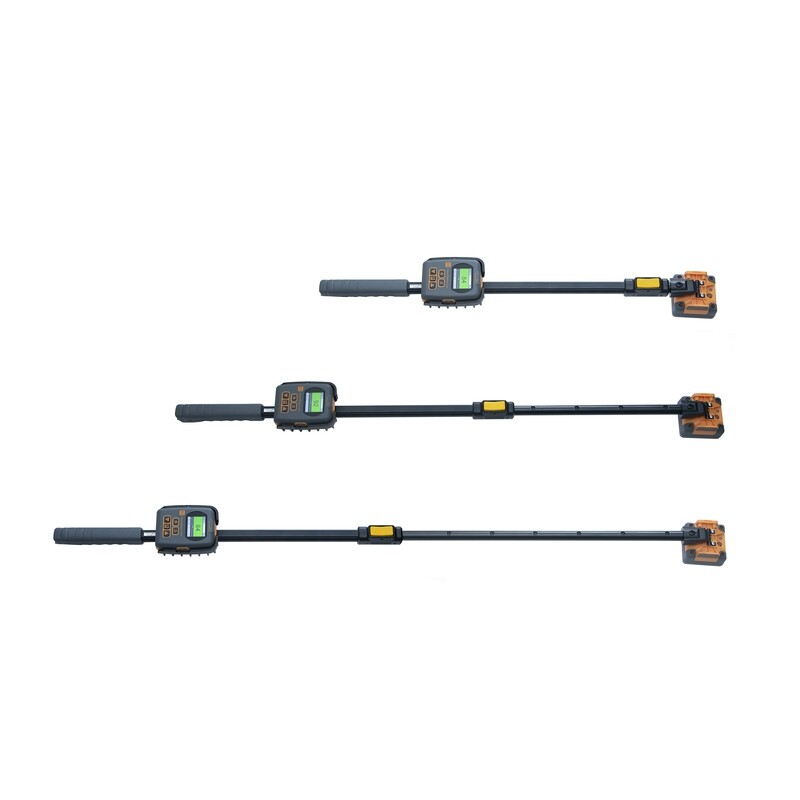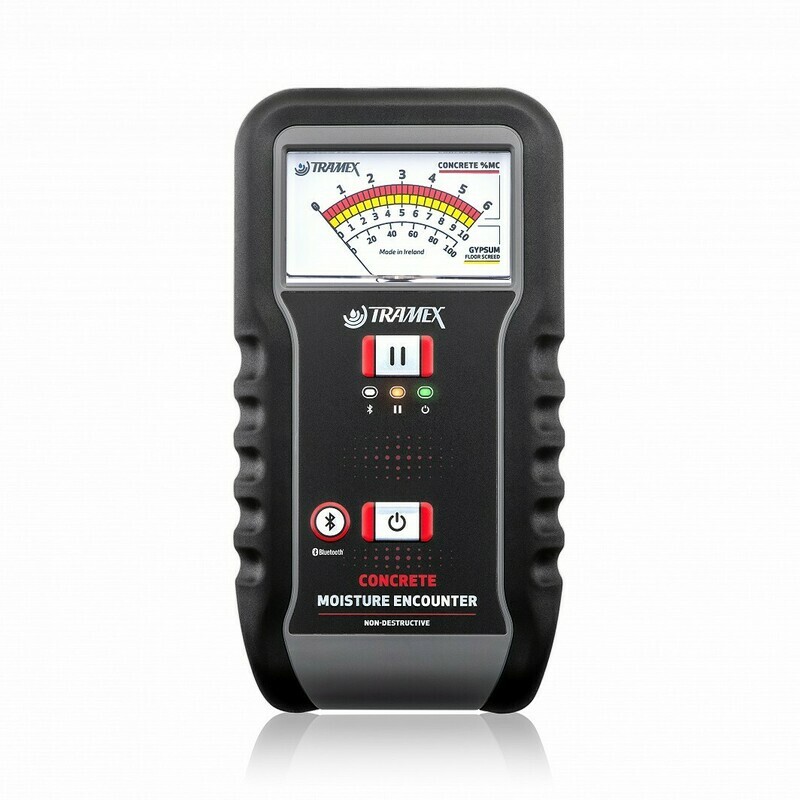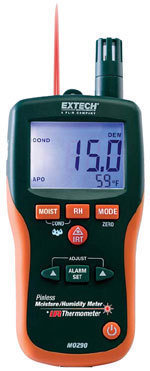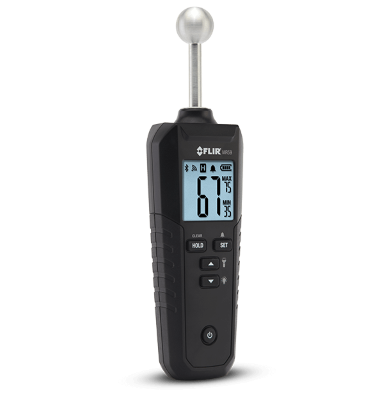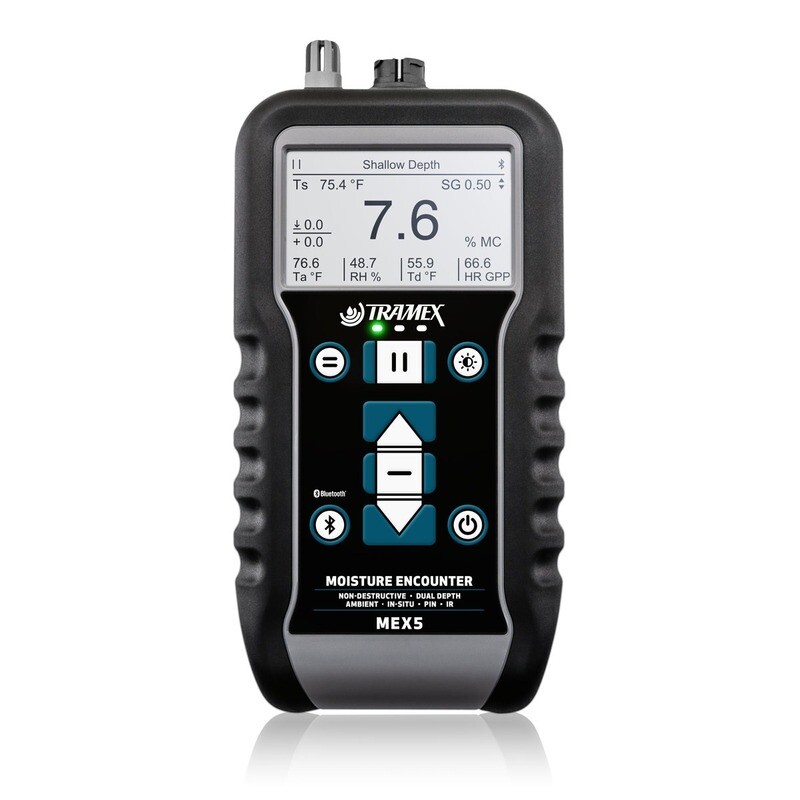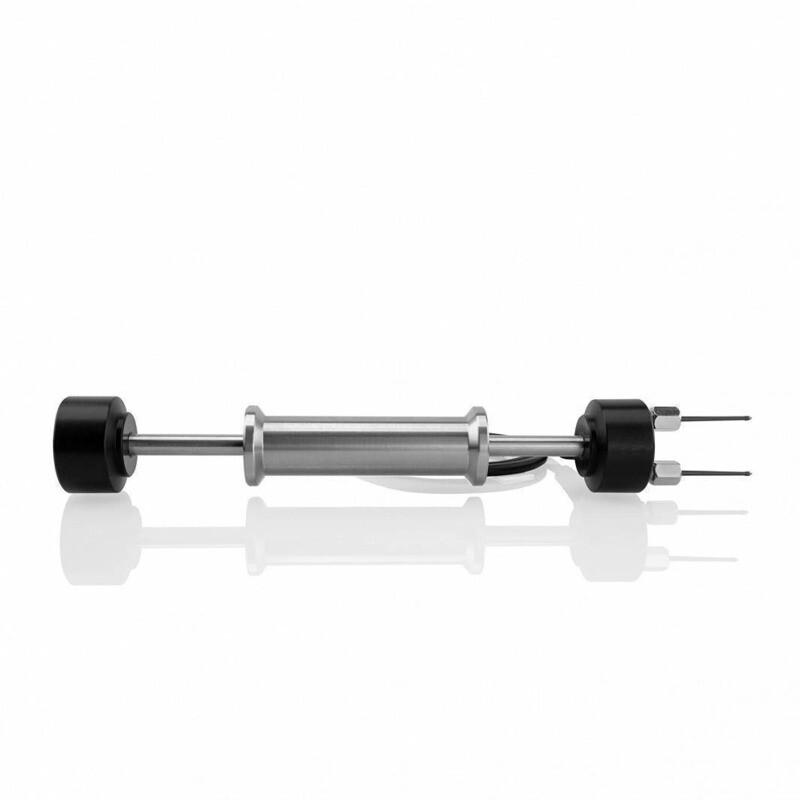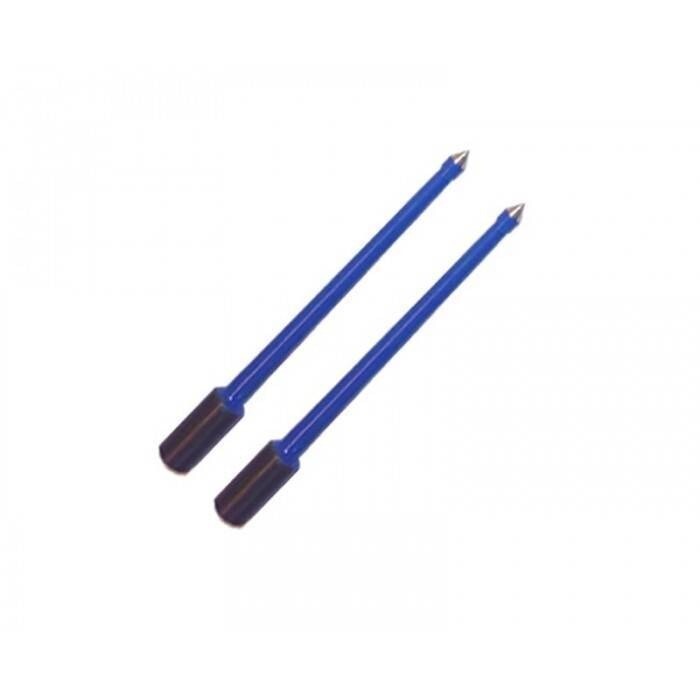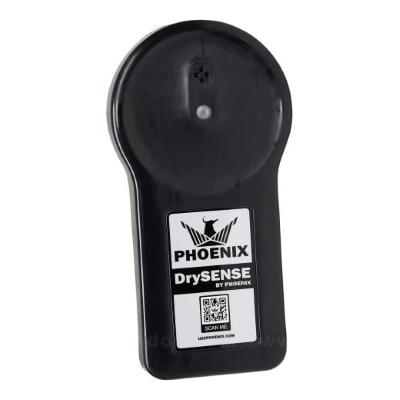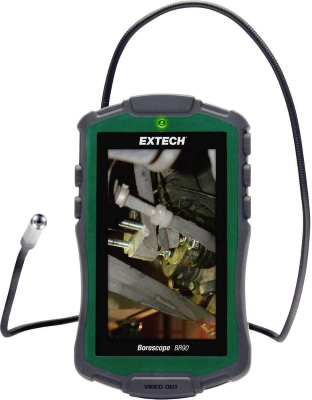
Moisture Meters
Moisture meters are vital in cleaning and restoration, helping to measure moisture in materials accurately. These tools are essential for homeowners maintaining property integrity, contractors checking building materials, and farmers monitoring crop health.
Understand what moisture meters are, how they function, and their applications across various industries, which will guide you in selecting the right one for your needs.
Learn more about Moisture Meters
What Is a Moisture Meter?
There are two main types of moisture meters: pin-type meters, which use probes to measure electrical resistance, and pinless meters, which use electromagnetic sensors to gauge moisture without surface damage.
There are also, all-in-one meters that can be both pin and pinless.
Knowing the different types and uses of moisture meters helps you choose the right one for your specific needs.
Uses of Moisture Meters
Moisture meters are used in construction, agriculture, and home inspections. Across these fields, moisture meters are important for maintaining high standards and ensuring accurate moisture detection.
Pin-type meters are the only instruments that can be used to identify the moisture content inside a board, piece of wood, or an uneven surface. These meters provide readings that indicate whether there is enough moisture to cause decay or mold within the wood.
Pinless moisture meters can be accurate and are great for providing non-invasive readings of the moisture content of a given surface.
Moisture Meters in Construction
Moisture meters are essential in construction for verifying the quality of building materials. Before laying down flooring, contractors often check the moisture levels in concrete slabs to prevent issues like adhesive failures or buckling. When working with wood, ensuring it has adjusted to the local humidity is crucial to avoid future warping or splitting. By using moisture meters, builders can sidestep costly repairs and uphold the structural integrity of their projects.
Moisture Meters in Agriculture
In agriculture, moisture meters are vital for assessing soil and crop conditions. They provide farmers with real-time soil moisture data, allowing for precise irrigation scheduling. This precision boosts crop yields and quality and conserves water, a critical factor in areas with limited water resources. Moisture meters also help prevent over-irrigation, which can cause nutrient loss and soil degradation. By maintaining optimal moisture levels, farmers can enhance crop health and productivity.
How Moisture Meters Work
Moisture meters function based on their design. Pin-type meters use metal probes to measure electrical resistance, which changes with moisture levels, giving a direct moisture reading. Pinless meters, however, use electromagnetic sensors to assess moisture without damaging surfaces. They emit waves that penetrate the material, with moisture levels affecting the signal strength. Knowing these technologies helps users choose the proper meter for their needs.
Choosing the Right Moisture Meter
Choosing the correct moisture meter involves considering the material and application. For wood, a pin-type meter might be best due to its accuracy. For finished surfaces, a pinless meter is preferable to avoid damage. It's important to consider the meter's range, accuracy, and user-friendliness. Regular calibration and maintenance are also key to reliable measurements. You can select a moisture meter that meets your requirements by weighing these factors.
Maximize Quality and Safety With the Right Moisture Meter
Effectively using moisture meters can greatly enhance the quality and safety of construction, agriculture, or home inspection projects. These tools provide crucial insights into moisture levels, helping prevent structural damage or crop failure. Investing in a quality moisture meter suited to your needs as you explore your options is critical. For further guidance and assistance with moisture meter purchases, contact Schaper's Supply. Our expertise can help you find the right tool for optimal moisture management.
